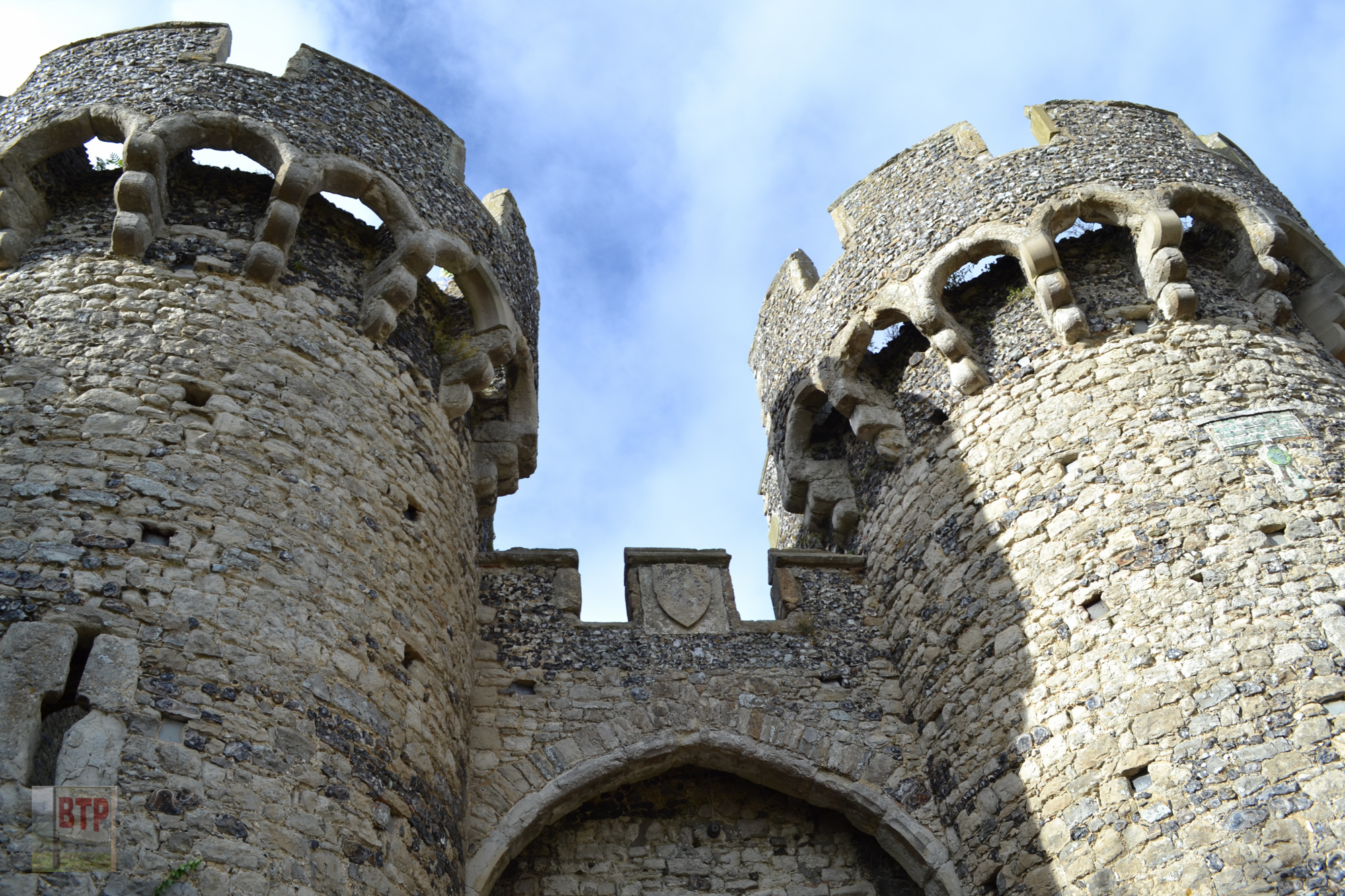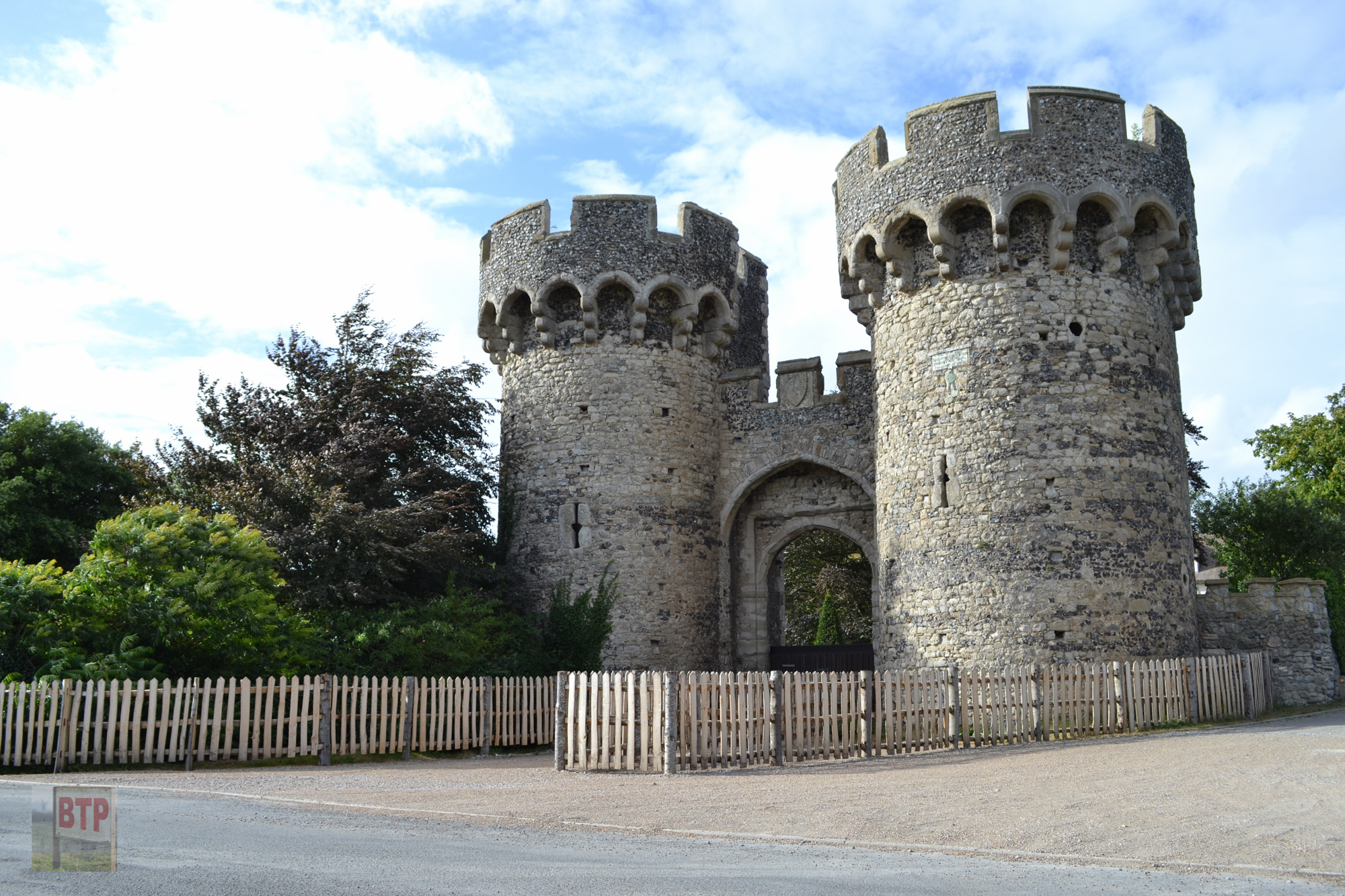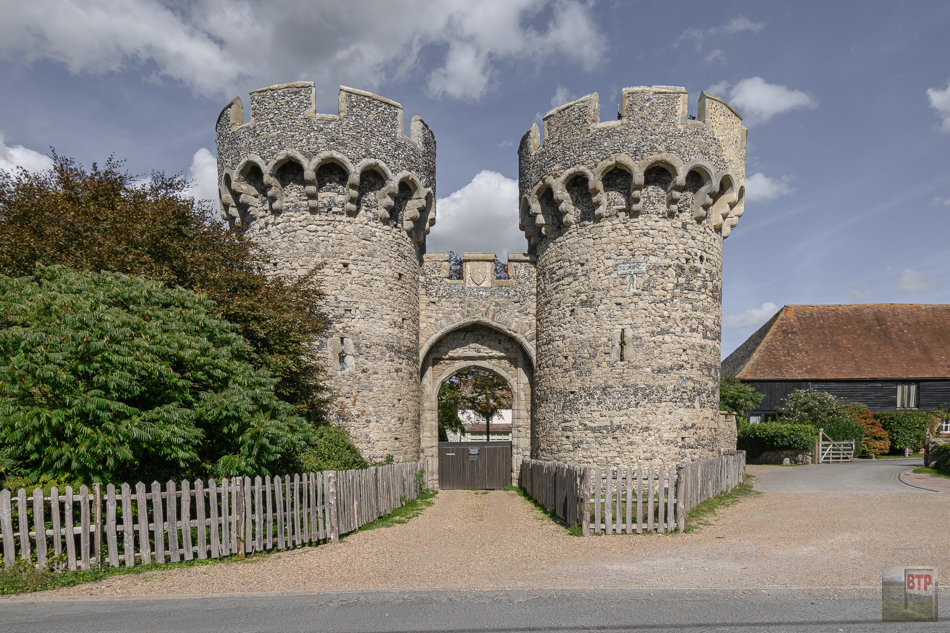

Cooling Castle is a 14th-century castle situated 6 miles north of Rochester. The castle was built in the 1380’s by the Cobham family to protect the Thames from the threat of invasion from the French. The castle has an unusual layout, comprising two walled wards of unequal size next to each other, surrounded by moats and ditches. The use of gunpowder weapons against the castle proved less than helpful as it was captured in less than eight hours when it was besieged by Sir Thomas Wyatt in 1554.

The castle was originally built on the south bank of the Thames but the shoreline has since receded as a result of land reclamation, with marshland strecthing around 2 miles between the coast and the castle. It was constructed by John Cobham after his family acquired the manor of Cooling in the mid-13th century. In 1379, during the Hundred Years’ War, a French raid devastated towns and villages along the Thames Estuary. Cobham appealed to the Crown for licence to fortify his manor and received permission in February 1380, with defences upgraded within 5 years.
The castle is of particular importance as being the earliest English castle designed for the use of gunpowder weapons. The outer gatehouse is the castle’s most prominent surviving feature and adjoins the Cliffe to Cooling road. It consists of two semi-circular towers standing 12 metres high, with a 3 metre high gateway. Both towers are open at the back, but were probably originally closed off by timber walls.





Cooling Castle only saw action once in its history when it was attacked in 1554 by the forces of the Kentish landowner Sir Thomas Wyatt during his rebellion against Queen Mary’s engagement to King Philip II of Spain. In an unsuccessful bid to overthrow the unpopular queen and place Princess Elizabeth (later Queen Elizabeth) on the throne, he raised an army of some 4,000 men and captured two cannons from the army of Thomas Howard, the 3rd Duke of Norfolk, in an encounter at Strood, a few miles south of Cooling. It’s unclear why he detoured to Cooling while marching to London, as it had the disadvantage of allowing Mary more time to prepare her own defences although it’s been suggested that there may have been a personal motive for Wyatt as the castle’s occupant at this time was his own brother-in-law, Lord George Cobham.
The defenders were forced to surrender on 30 January 1554 after only eight hours and according to reports, Cobham only had eight men to defend the castle with “only four or five handguns, four pikes and some blakbylls”. Wyatt proceeded on to London but was defeated and executed for his treason. Cobham and his son were imprisoned in the Tower of London on suspicion of having deliberately failed to defend the castle, but were soon released and allowed to return to their estates. The castle was never rebuilt after being wrecked by Wyatt’s bombardment, it was left abandoned.
The castle remained in the Cobhams’ ownership until the 18th century. Between 1650–1670, Sir Thomas Whitmore built a farmhouse within the castle’s outer ward, which has undergone many alterations over the years. Its facade dates from the 19th century and was reworked in the 20th century. The ownership of the castle is split three ways; the barn is used as a party and wedding venue, the inner ward was owned for many years by the Rochester Bridge Wardens and the house’s current occupant is the musician Jools Holland.









